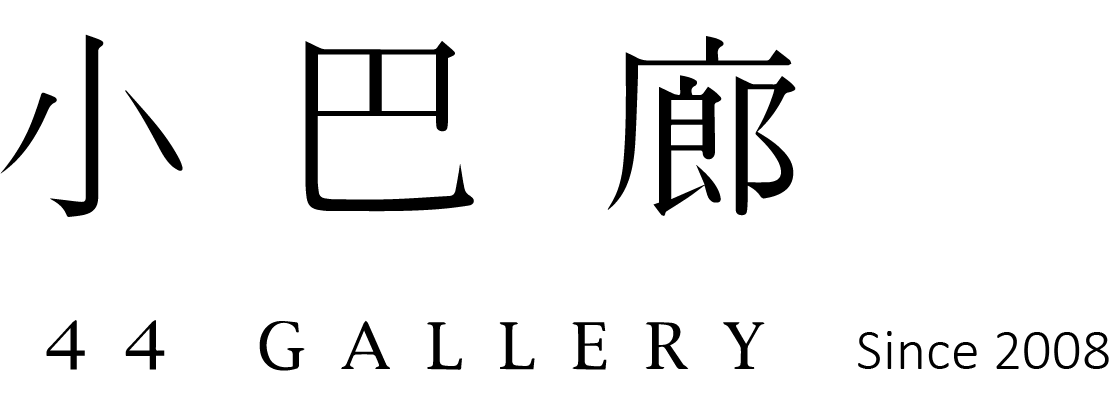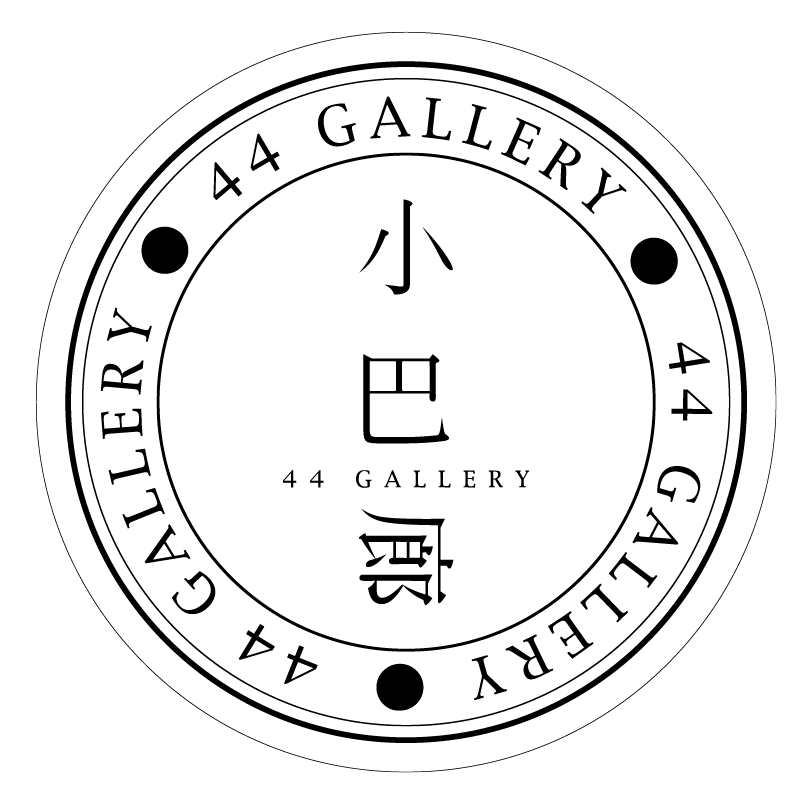在非洲許多部族文化中,椅凳是極私人的物件,被視為靈魂的載體。因此,每個人都視自己的椅凳為珍寶。生活中必不可少的椅凳也日益成為擁有者權力和社會地位的象徵。在一些部族中,只有部族首領、祭祀、巫醫、權貴等人才能擁有自己的椅凳。體現社會地位而非舒適性,曾長時間佔據人們的觀念。Galen Cranz在其著述《椅子》(The Chair)中闡述椅子發展史時曾提到,相當長的時間裡,“ 放眼世界,”椅子”和”坐在椅子上”已經成為了一種象徵。無論東方與西方,椅子的含義雖不相同,但都表示地位和身份。非洲椅凳普遍高度約在8到30公分之間,相較於現今椅子高度約40到50公分的範圍低矮了許多。這樣的坐椅高度和非洲廣泛採用的蹲坐姿勢相吻合,同時反映了他們在地面上生活和工作的自然寫照。
椅凳是非洲傳統文化的載體,而非洲傢俱靈感基本都源自於大自然,這些靈感來自於動物,樹木和土壤。凡舉非洲座椅從寫實的、具象的到半具象、抽象的表現,純熟地變換和運用,形式繁多。據歷史記載,大部分在非洲部落和文化始終認為,人類真正的權力是來自於樹木,河流,石頭和土壤或強大的動物。椅凳以簡潔明朗的外觀,剛柔並存,是由一塊整木雕成的,多為兩腳、三腳,最多有五腳:通常,板凳支撐架上雕刻人或動物造型。
動物也成為非洲的意識形態中的重要組成部分。在動物雕像中有一部分可看作是人物雕像的補充、 修正或用來表現人們的某種特殊期待。如: 喀麥隆的巴米來科人就將像徵智慧的蜘蛛,及象徵速度和勇猛的獵豹雕刻在所有椅凳上。
現在,很多現代空間也融合了非洲元素在裡面,那種樸實無華的美感增添原始的質樸特性,在衝突中求平衡,散發著古樸自然的氣息,與生活融為一體,使居室充滿悠閒、舒暢、寧靜的自然氛圍。
In many African tribal cultures, stools are considered highly personal objects and are regarded as vessels for the soul. Therefore, each individual sees their stool as a treasure. Stools, which are essential in daily life, have gradually become symbols of their owners' power and social status. In some tribes, only leaders, priests, shamans, and the elite are allowed to own their own stool. For a long time, stools were seen as symbols of social standing rather than comfort. Galen Cranz, in his book The Chair, discusses the history of the development of chairs and mentions that for a long time, "looking around the world," the chair and "sitting in the chair" became a symbol. Regardless of East or West, while the meaning of the chair may differ, it always signifies status and identity. African stools generally have a height ranging from 8 to 30 centimeters, much lower compared to the modern chair height of about 40 to 50 centimeters. This height aligns with the squatting posture commonly adopted in Africa, reflecting their natural lifestyle of working and living on the ground.
Stools are carriers of African traditional culture, and African furniture inspiration mainly comes from nature, drawing from animals, trees, and the soil. African stools, from realistic, figurative to semi-abstract and abstract expressions, are skillfully transformed and used, with a wide variety of forms. Historical records indicate that most African tribes and cultures always believed that true human power comes from trees, rivers, stones, soil, or mighty animals. The stool, with its simple and clear appearance, combining both firmness and flexibility, is carved from a single piece of wood, often with two, three, or up to five legs. Typically, the stool's supporting frame is carved with human or animal figures.
Animals have also become an important component of African ideology. In animal sculptures, some can be seen as supplements, corrections, or representations of people's special expectations. For example, the Bamileke people of Cameroon carve spiders, symbolizing wisdom, and leopards, symbolizing speed and bravery, on all their stools.
Today, many modern spaces also incorporate African elements. The simple beauty of these items enhances the primitive, rustic qualities of the space. They seek balance through contrasts and radiate an ancient, natural atmosphere that blends seamlessly with daily life, creating a calm, relaxed, and tranquil natural ambiance in living spaces.



